Electric vehicles (EVs) are becoming more popular every day, and with that, the need for a standard way to charge them is growing. This is where the North American Charging Standard (NACS) comes into play. In this article, we'll explore what NACS is, how it works, and why it matters. If you're curious about the future of EVs and want to know more about how you’ll charge them, keep reading!
What is the NACS?
So, what exactly is the North American Charging Standard (NACS)? Simply put, it’s a set of guidelines and specifications designed to standardize EV charging across North America. This standard was established by major players in the EV industry, including car manufacturers and charging station providers. The goal is to make charging your EV as straightforward and universal as possible.
Think of NACS as the common language that all EVs and chargers speak, ensuring everything works together seamlessly, no matter the make or model of the car or charger. This standardization helps to eliminate compatibility issues and simplifies the charging process for everyone involved.
How Does NACS Work?
NACS operates by setting specific technical standards for EV charging, ensuring consistency and compatibility across different vehicles and chargers. Here's how it breaks down:
-
Connector Design: The NACS connector is designed to be both compact and easy to use. It supports various charging levels, including regular AC charging (such as level 2 EV chargers) and high-speed DC fast charging. This means you can use the same connector for quick top-ups or longer charging sessions.
-
Communication Protocols: When you plug your EV into a NACS-compatible charger, the vehicle and charger exchange vital information. They communicate about the battery’s status, the required charging power, and the optimal way to deliver that power. This smart communication ensures efficient and safe charging, adjusting the power flow as needed to protect the battery and maximize charging speed.
-
Safety Standards: NACS includes stringent safety requirements to protect users and equipment. These standards cover everything from preventing overcharging to ensuring safe operation in various weather conditions. This means you can charge your EV with confidence, knowing the system is designed to handle potential issues.
-
Interoperability: One of the key features of NACS is its focus on interoperability. This means that all NACS-compliant EVs and chargers can work together seamlessly, regardless of the brand. Whether you drive a Tesla or a Nissan, you can use any NACS-compatible charging station without worrying about compatibility.
By setting these comprehensive standards, NACS makes the EV charging process more efficient, reliable, and user-friendly, helping to drive the widespread adoption of electric vehicles across North America.
For Tesla owners looking for a reliable NACS-compatible charger, consider the AC Lite 50A NACS Charger by Autel Energy. It's designed specifically to offer a seamless and efficient charging experience.
Why was the NACS Created?
The creation of NACS was driven by a need to simplify the EV charging process. Before NACS, there were multiple charging standards, which often led to confusion and compatibility issues. Imagine trying to charge your phone with a cable that doesn’t fit – frustrating, right? NACS was developed to eliminate these headaches by providing a single, unified standard. This not only makes life easier for EV owners but also helps encourage more people to switch to electricity by making charging infrastructure more reliable and accessible.
How does NACS Differ from Other Charging Standards?
|
Feature
|
NACS
|
CCS
|
CHAdeMO
|
|
Connector Design
|
Smaller and more ergonomic, easy to handle
|
Larger and less ergonomic
|
Larger and less ergonomic
|
|
Power Delivery Capability
|
Supports higher power delivery for faster charging
|
Varies, generally lower
|
Varies, generally lower
|
|
Communication Protocols
|
Advanced, enabling detailed interaction and optimization
|
Basic to moderate
|
Basic to moderate
|
|
Safety Standards
|
Stringent safety measures, including automatic fault detection and robust insulation
|
Standard safety measures
|
Standard safety measures
|
|
Regional Focus
|
Tailored for the North American market
|
Used globally
|
Used globally
|
The North American Charging Standard (NACS) has several unique features that distinguish it from other charging standards like the Combined Charging System (CCS) and CHAdeMO. Here’s a look at the key differences:
-
Connector Design: NACS connectors are notably smaller and more ergonomic than those of CCS and CHAdeMO. This compact design makes them easier to handle and plug-in, enhancing the user experience by making the charging process more straightforward and less cumbersome.

-
Power Delivery Capability: One of the significant advantages of NACS is its support for higher power delivery. This capability allows for faster charging times, meaning you can get back on the road more quickly. Faster charging is particularly beneficial for long-distance travel and supports the growing battery capacities of new EV models.
-
Advanced Communication Protocols: NACS includes sophisticated communication protocols that enable detailed interaction between the EV and the charger. This real-time data exchange covers aspects like the battery’s state of charge, temperature, and optimal charging rates. Such communication ensures efficient energy transfer, maximizes charging speed and helps maintain battery health over time.
-
Safety Standards: Safety is a critical component in which NACS excels. The standard incorporates stringent safety measures, including automatic fault detection and shut-off mechanisms, as well as robust insulation. These features ensure that charging sessions are not only efficient but also safe and reliable.
-
Regional Focus: Unlike CCS and CHAdeMO, which are used globally, NACS is specifically tailored for the North American market. This regional focus allows NACS to address the specific needs and preferences of North American EV owners, manufacturers, and infrastructure providers. By concentrating on this region, NACS offers a more customized and relevant solution.
By integrating these features, NACS offers a superior and streamlined charging experience, making it a preferred choice for many in the North American EV community. Its design, efficiency, and safety enhancements position it as a leading standard in the evolving landscape of electric vehicle charging. To learn more, read this article: NACS vs. CCS: What's the Difference?
What are the Benefits of Using NACS?
Using NACS comes with a lot of perks for everyone involved. For EV drivers, the biggest benefit is convenience. With NACS, you can charge your car at any compatible station without worrying about whether the plug will fit. For car manufacturers, NACS provides clear guidelines for designing vehicles and charging equipment, which can reduce costs and make it easier to bring new models to market.
Charging station operators also benefit because a standardized system simplifies installation and maintenance, leading to more efficient operations and potentially lower costs. Overall, NACS helps make EV charging more reliable, efficient, and accessible.
Conclusion
The North American Charging Standard (NACS) marks a major advancement in electric vehicle charging. By providing a uniform, user-friendly, and efficient system, NACS simplifies the charging process and improves compatibility between different electric vehicles and chargers. Its superior connector design, faster charging capabilities, advanced communication protocols, and stringent safety measures set it apart from other standards such as CCS and CHAdeMO. NACS is a key driver in making EV charging more convenient, reliable, and efficient, paving the way for a more sustainable future.

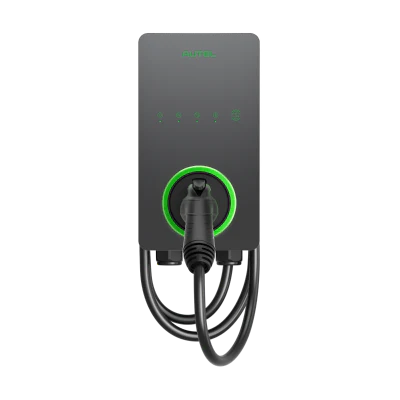
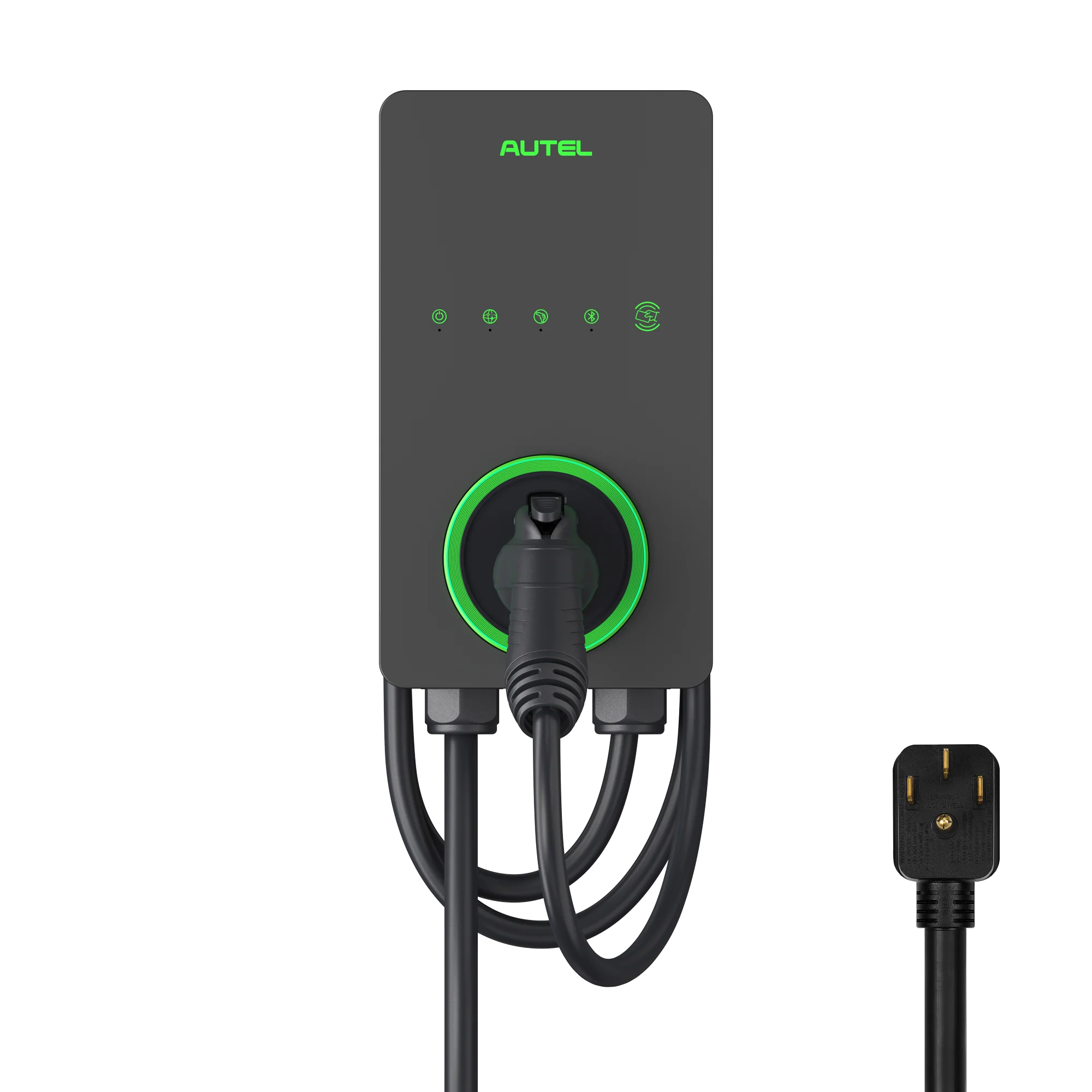
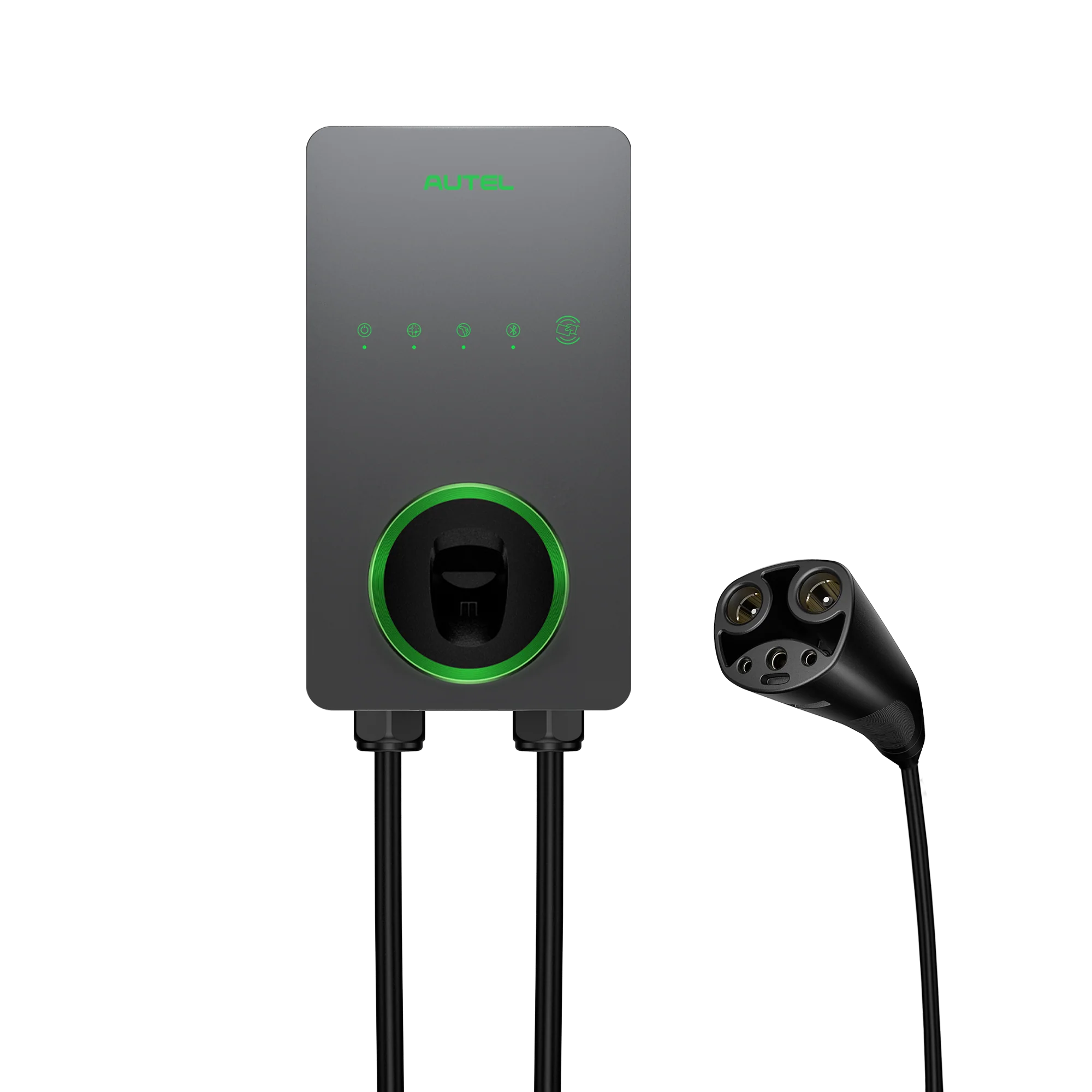
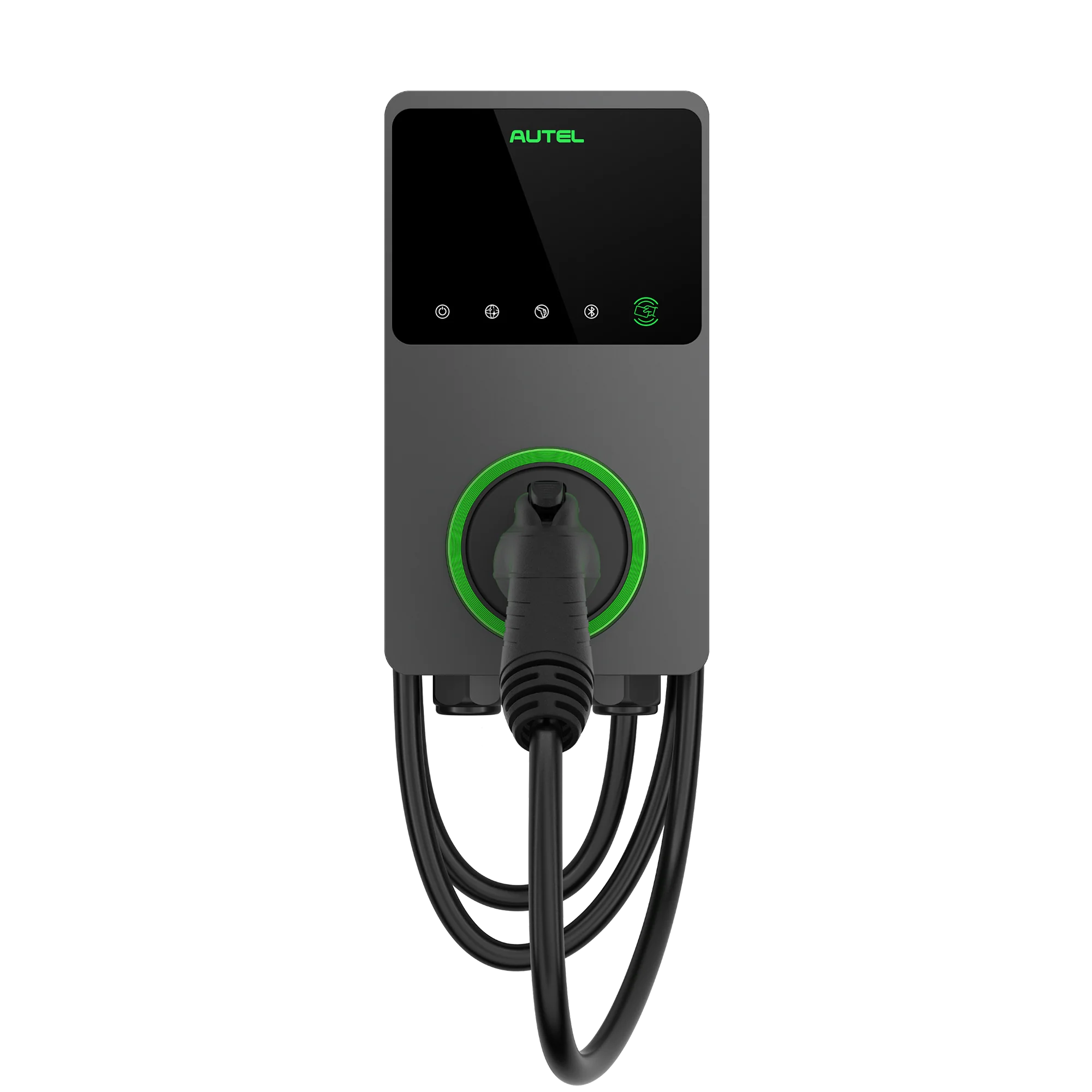
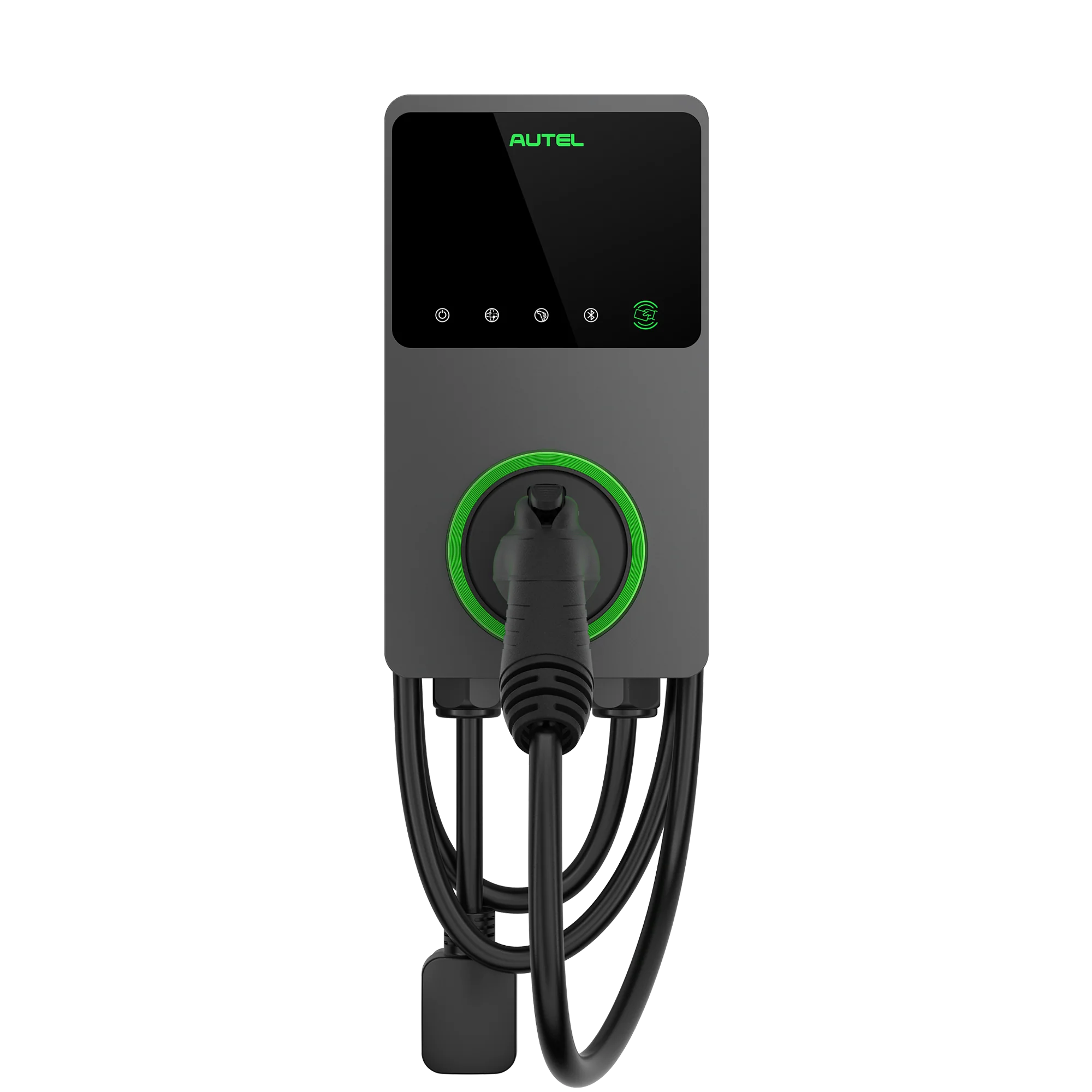
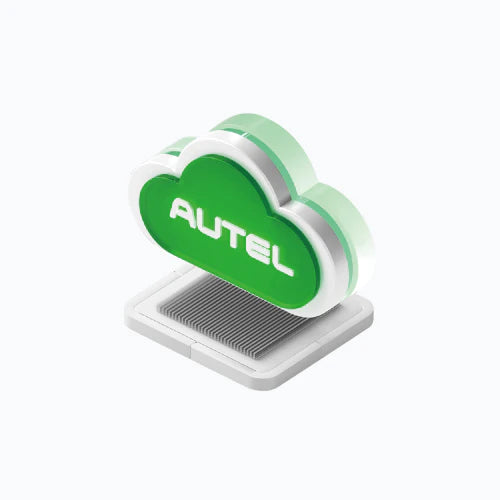
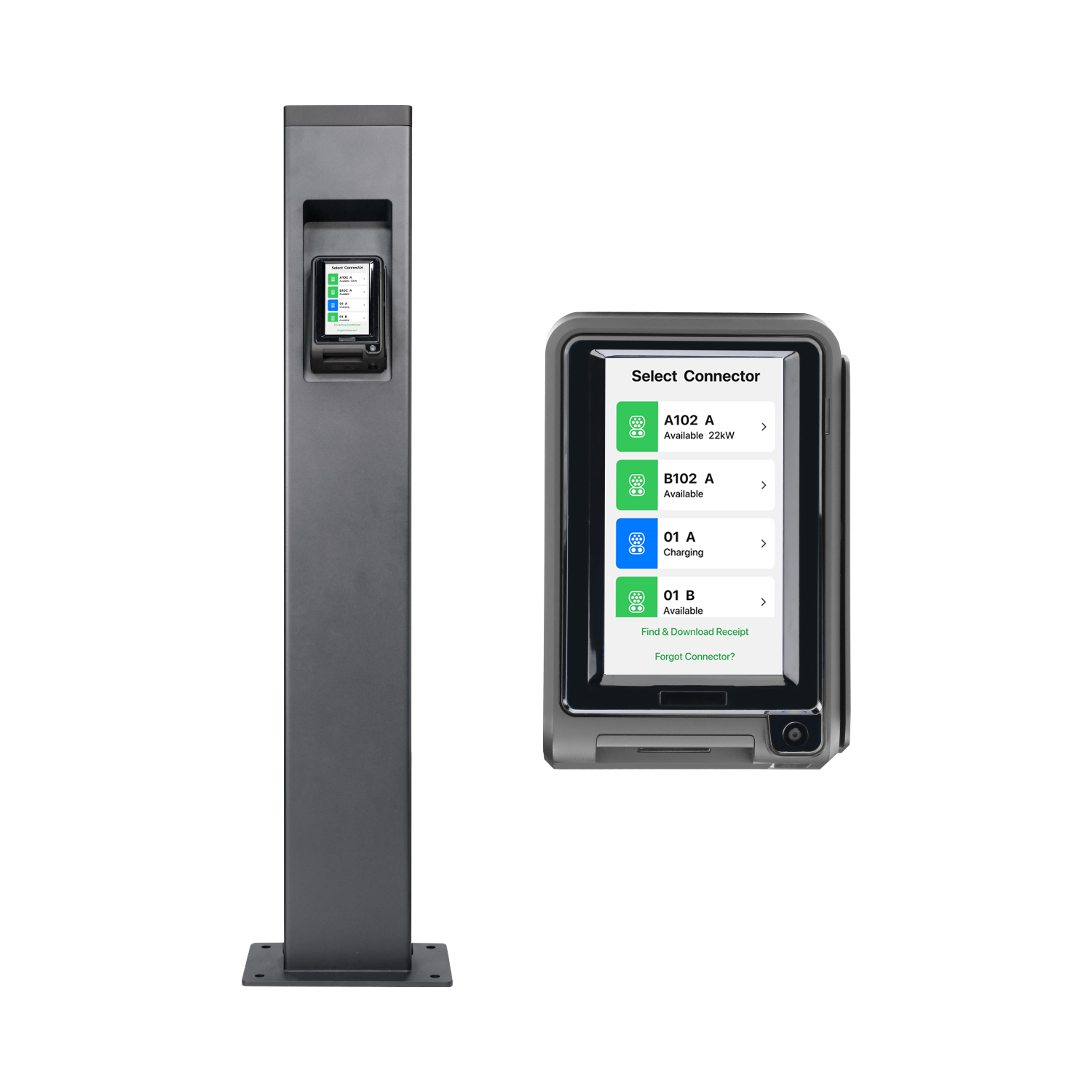
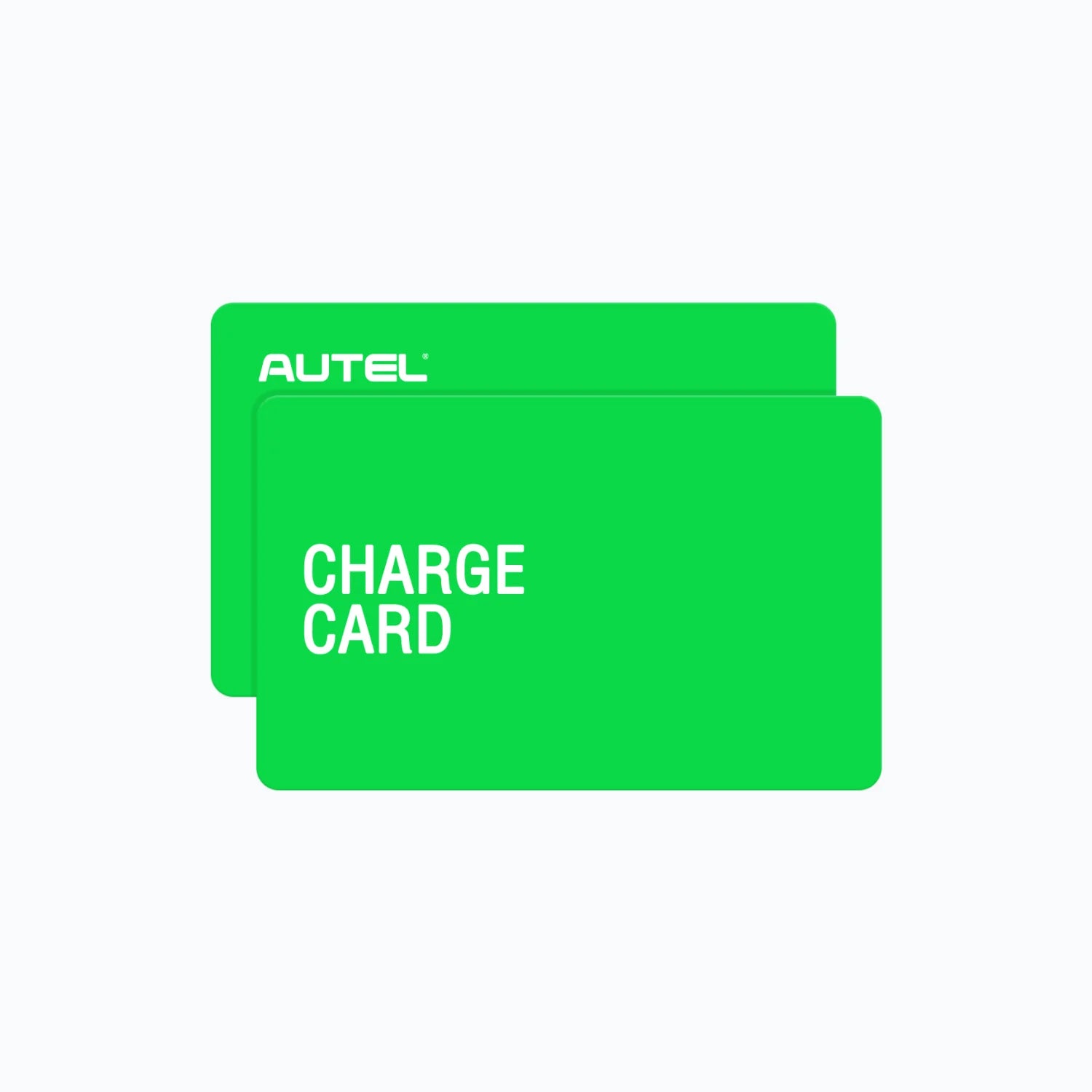
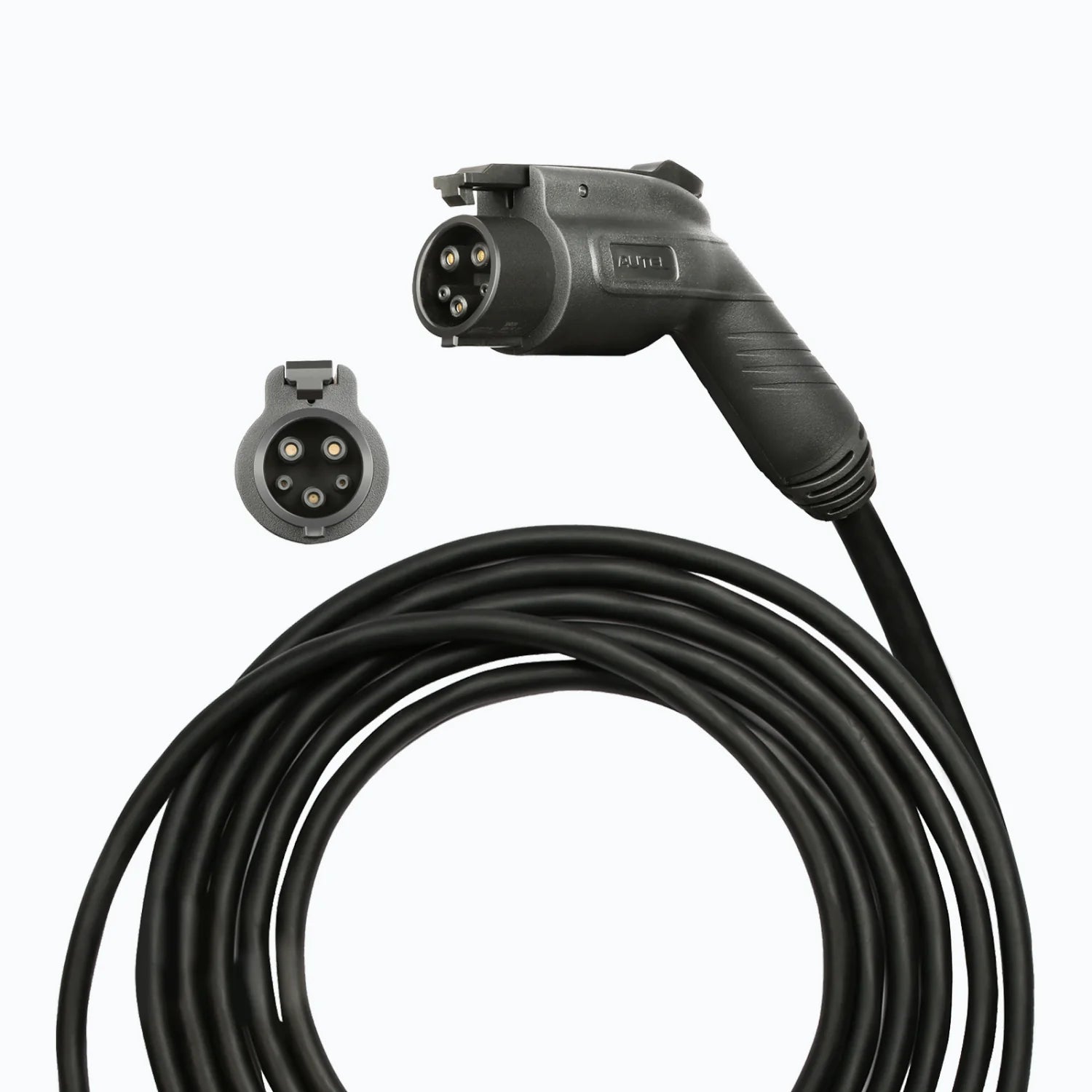
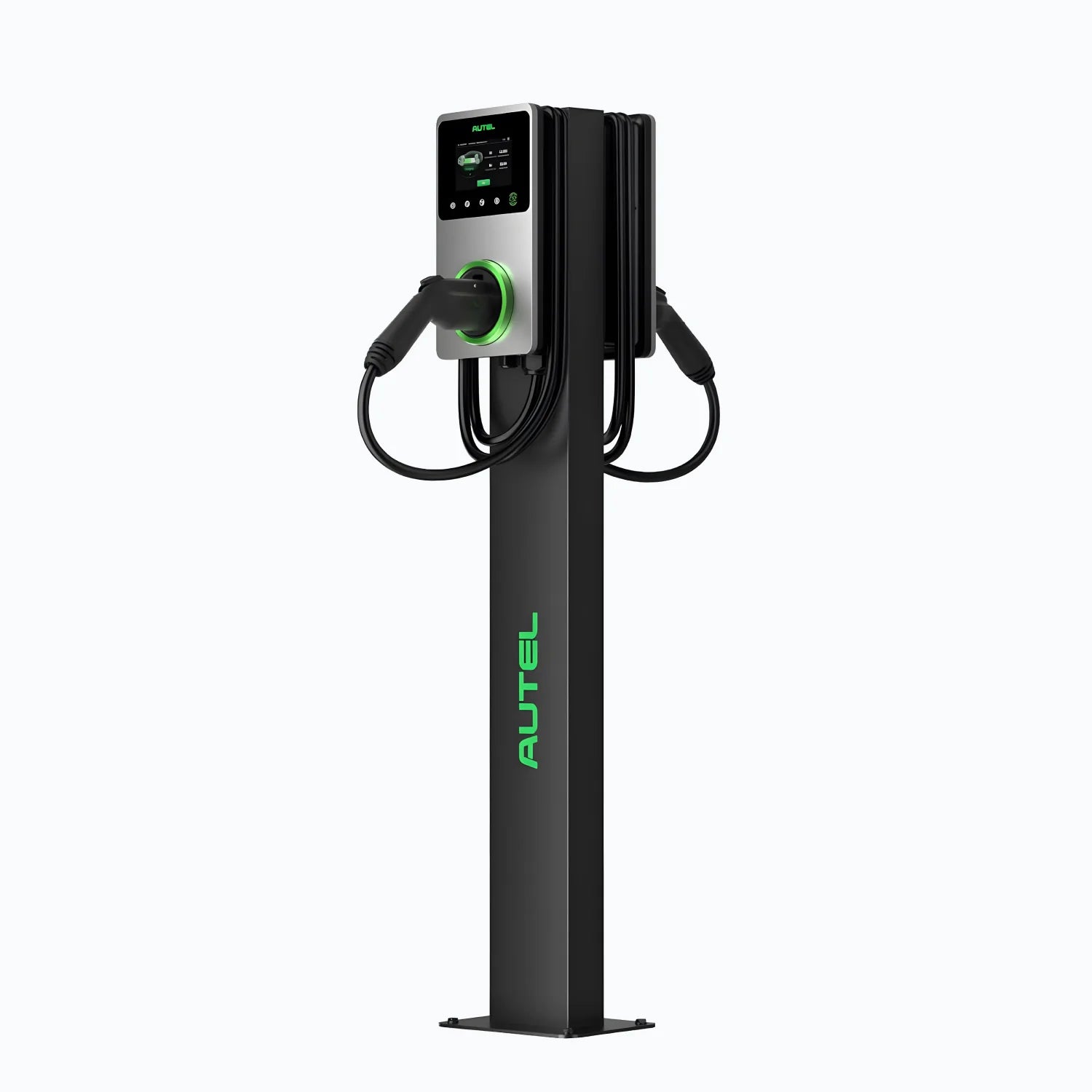
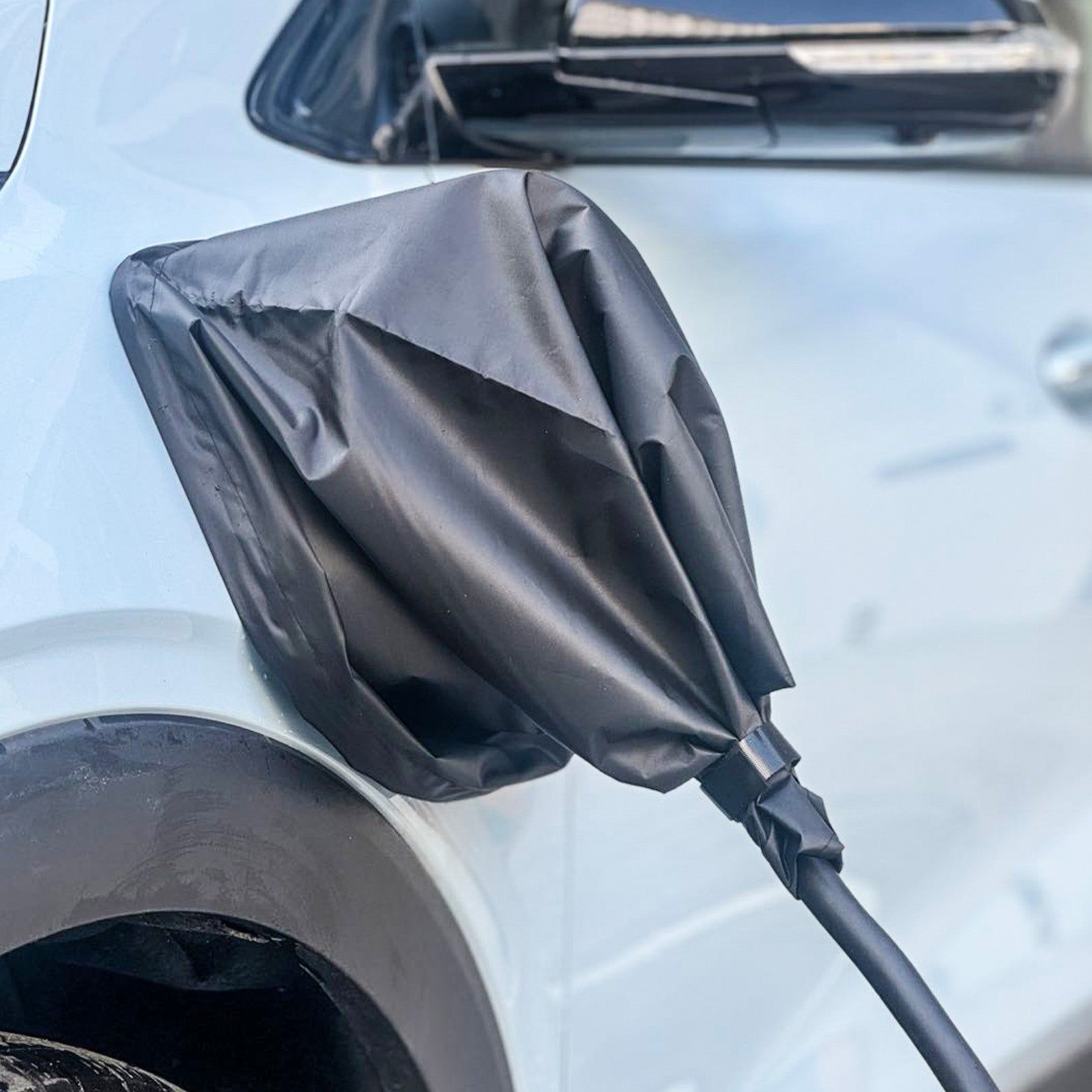
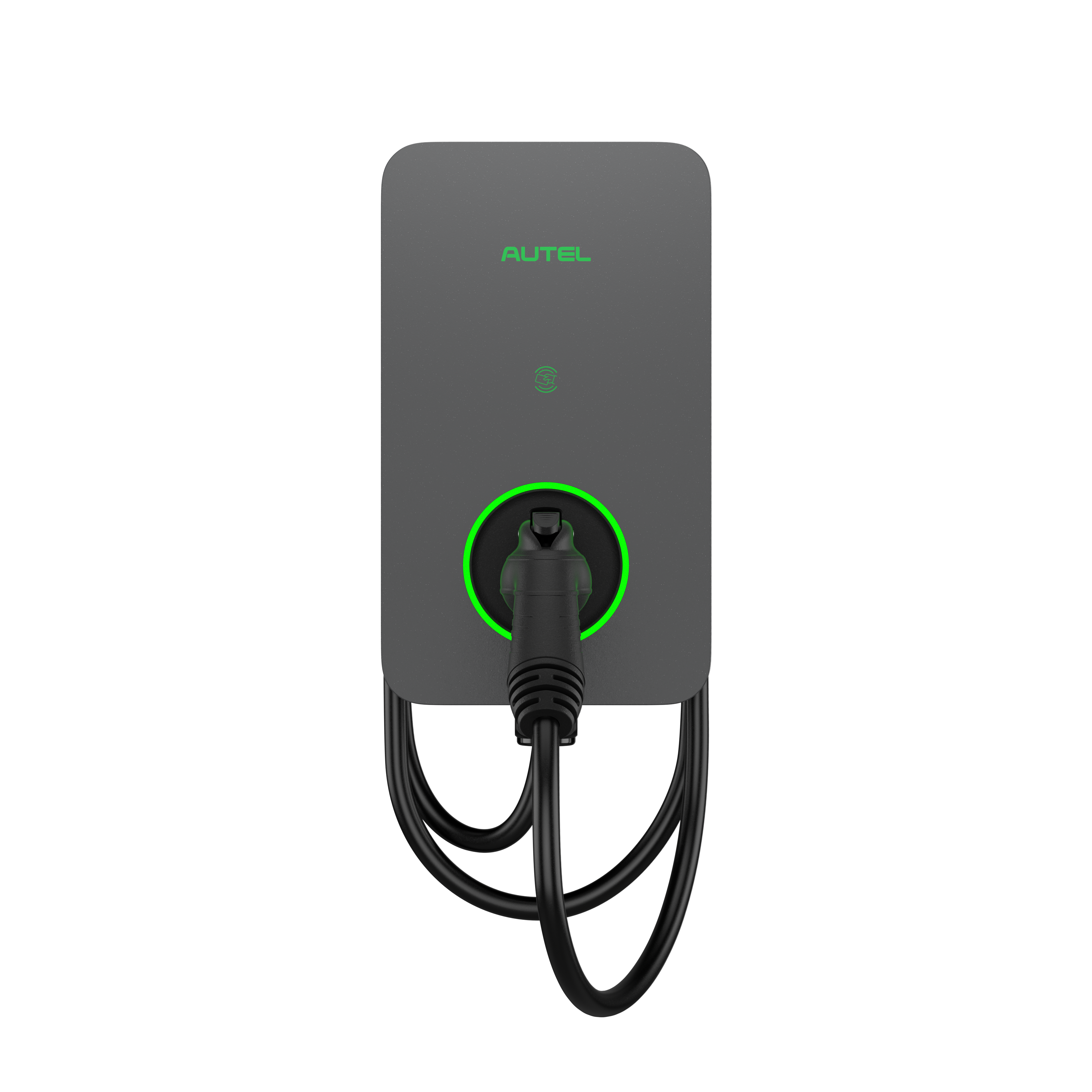

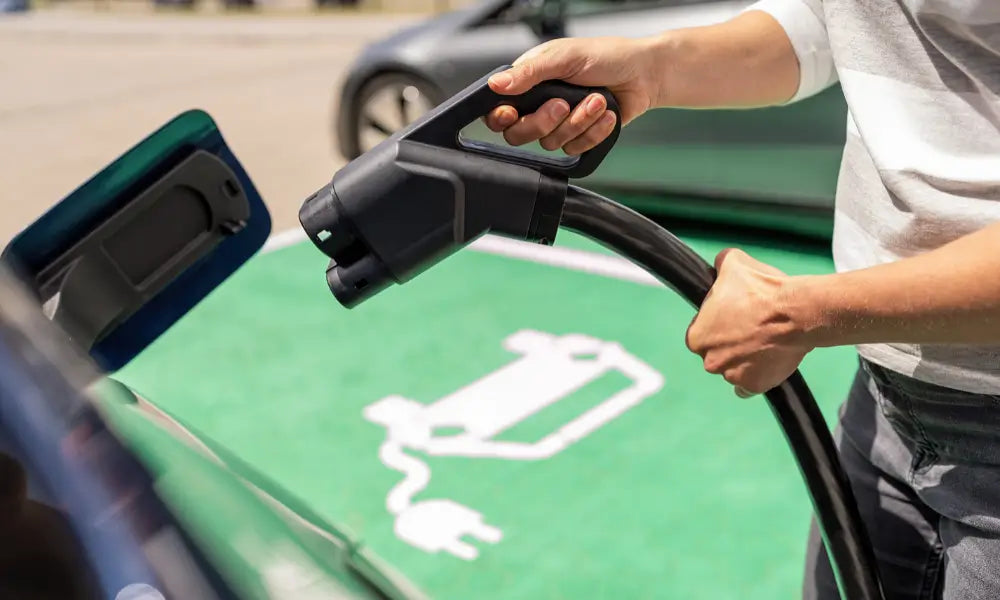

Laisser un commentaire
Tous les commentaires sont modérés avant d'être publiés.
Ce site est protégé par hCaptcha, et la Politique de confidentialité et les Conditions de service de hCaptcha s’appliquent.